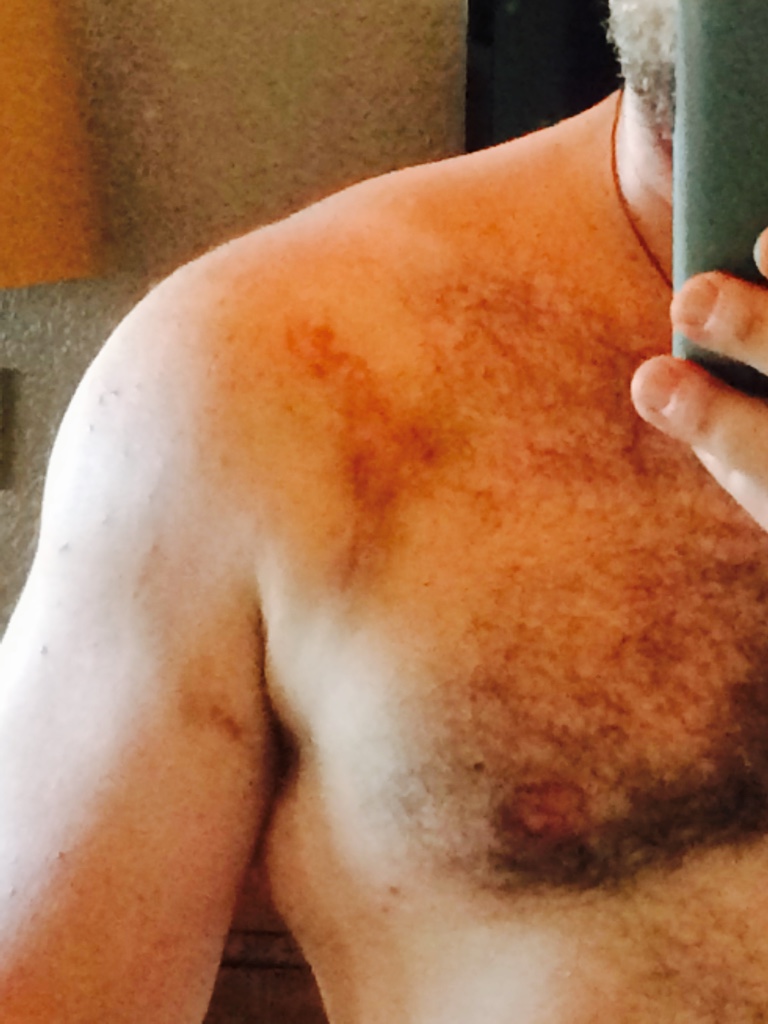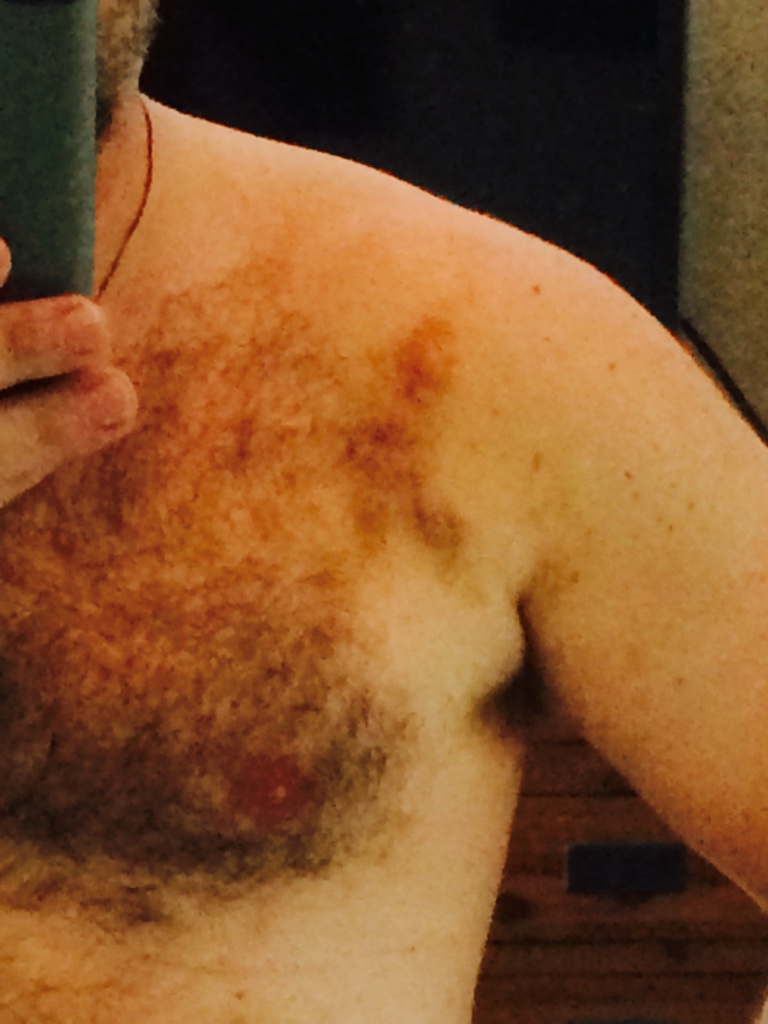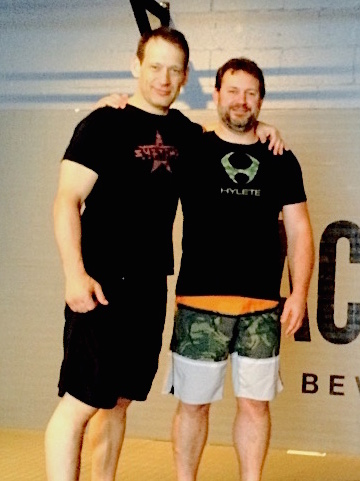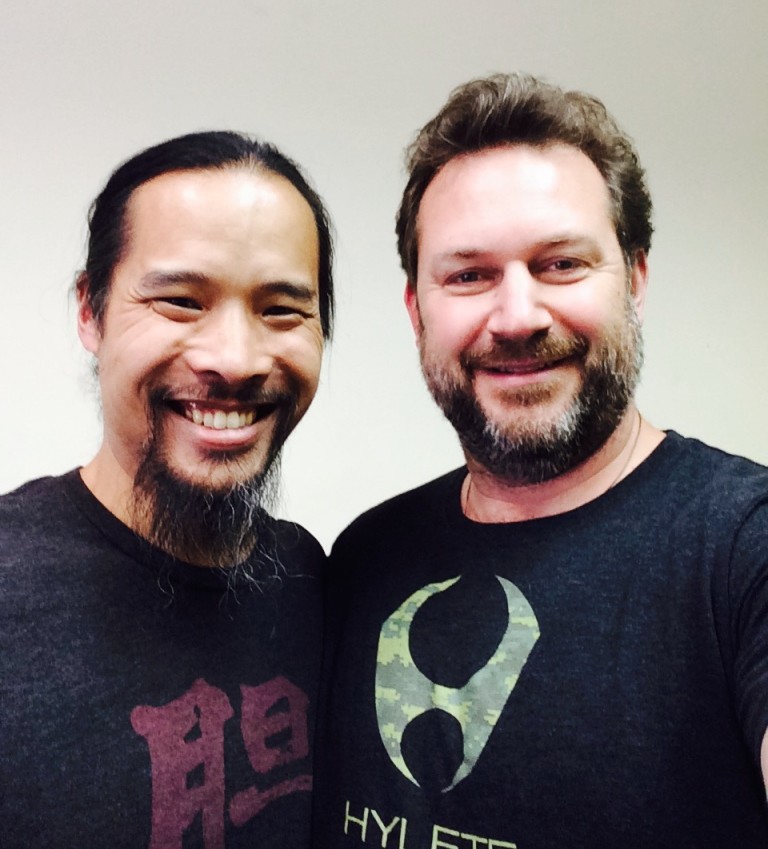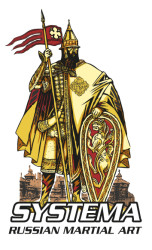No – this is not a post about deviant S&M behaviors 🙂
I began this post as a brief “thank you” regarding the combined bodywork training/treatments I receive from Dr. Mark Cheng and Martin Wheeler and how they have helped me over the last year (well, much longer than that – but that’s the time frame for this article). But, as usual, once I start writing something it just keeps on going… So, this has morphed into an article regarding my experiences of improving the mobility and stability in my shoulders and thoracic spine areas. I should start out by saying that I have exceptionally tight shoulders and less than optimal mobility in the thoracic spine region.
Doc Cheng has been working with me in several areas to assist – with his Prehab/Rehab exercises, coaching me with proper kettlebell techniques and through his exceptional work as a physician. The things he can do with his thumbs and needles are astounding, and in fact, mimic some of the nervous-system level topics I will discuss in the Systema massage section below (at least that’s my perception). Doc’s pre/rehab exercises are awesome and I highly recommend getting this video series if you want to improve your foundational movement patterns. From a kettlebell perspective, the Turkish Getup and arm-bar/broken arm-bar exercises Doc has taught me have made a huge impact on both mobility and structure – and includes an added bonus of improved core strength. The unique bodywork that Doc performs, which utilizes combinations of Eastern and Western modalities, has made a major difference in my overall health, above and beyond the shoulder and back issues.
Those of us who practice Systema know that a major component of this training includes bodywork in the form of massage. However, “massage” means different things to different people – and considering that Systema is a martial art – the massage aspect of it is aligned with that fact. Which is a roundabout way of saying that Systema massage does not include fragrant oils, bath towels and incense burning in the background. I remember the first “massage” given to me by Martin, about 7 years ago. It went something like this.
Martin: “Let’s do some massage today”.
Me: “Ok, sounds good.”
Martin: “It’s extremely painful.”
Me: “No problem, I can handle it.”
Note to self: when Martin says something is “extremely painful” – take him at his word!! Yes, it was painful. But – there were some decades long tensions that were released that day that have never returned. I have received (and have given) many Systema massages since that day, and I believe there are four prerequisites to receiving a beneficial Systema massage, as listed below:
- Willingness to accept the pain and discomfort that will accompany the massage. This is not macho, tough-guy stuff. This willingness is a critical part of your overall Systema training, which involves acceptance of things beyond our control – such as lying there in a vulnerable and relaxed condition while someone works on you. Willingness is also the first step in relaxation, which is a critical element of a successful massage experience (discussed below).
- Ability to understand what is happening and why. You need to know what the main goal of the massage is – i.e. – removal of tensions from your body and psyche. Mikhail Ryabko once said at a seminar: “Tension in your body is a manifestation of fear at some level.” That quote has stayed with me. Many people can grasp the removal of tension in the body; not everyone can grasp the non-physical elements.
- Trust in your partner. And yourself. If you don’t trust the individual administering the massage, you cannot willingly accept what is to happen and you can therefore also not relax. Receiving a massage under excessive tension will not be a pleasant experience, in the same way that receiving strikes under excessive tension is not a pleasant experience.
- Apply the core relaxation and breathing practices as part of the massage experience. Having the ability to recognize, adapt and dissipate tension during a massage is a critical skill. Breathwork is very important here, but the internal tools that have been developed in the combatives areas of training should be directly transferrable to the massage. Remember, Systema breathwork is a fantastic technique – but it is also a catalyst to the development of other internal “tools”. Obtaining the ability to dissolve the tensions and pain (to the greatest degree possible) is a high-level skill to achieve.
Speaking of tools, there are numerous physical tools that can be employed during a Systema massage – fists, hands, feet, sticks, knives, etc. For self-massage, foam rollers (smooth and knobbed), lacrosse balls, “beasty” balls, and of course Martin’s unique exercises with medicine balls can all be used. And then there is the whip. I know what you are thinking – “Wait. What?… a whip for a massage…???”. Yes – go back and review the four necessary ingredients that comprise a productive Systema massage experience.
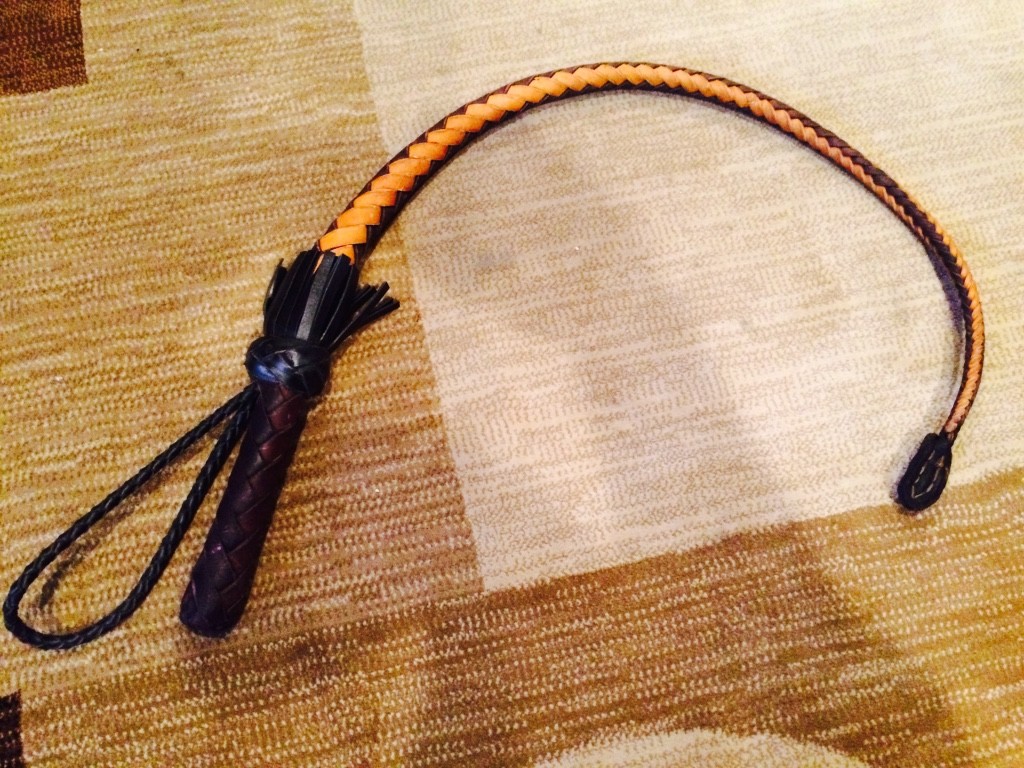
Keep in mind massage work is intended to eradicate tension. Most other forms of massage are very topical, physically – and do little, if anything, to address deep-seeded tension. Tension that resides in our psyche and is often manifest in our bodies; it can also be presented in our emotions and behaviors. The Systema massage is meant to work at all of these levels.
A couple weeks ago I received yet another massage from Martin. It started with the typical “walking on the body” and then progressed to the whip. Martin was aware of the tension and restrictions in my back and shoulders and asked me about them so he could focus the massage work accordingly. For my part, I made sure I was adhering to the four prerequisites I described above. The whip is unique in that it can extract deep tensions in a very surgical manner. It will also challenge your acceptance and relaxation skills considerably. This is also where trust in your partner is huge: anyone can push someone “over the edge” with the whip. That’s easy. The partner has to know how far to push and to even check in with you if he feels it is needed, which Martin most certainly did. Receiving the massage with the whip produced moments of intense pain, which pushed my limits in terms of acceptance and employing my relaxation skills. But – the eventual release in my back and shoulder area in particular has been significant and has remained three weeks later. I think it is highly indicative the only bruises I sustained from that massage were on my shoulder area (see the photos), which is where some of my deepest tension remains. Interestingly, as nasty as those bruises may look, there was very little residual pain there, and I focused my breathing and exercise routine over the next week on that area so that those bruises healed quickly.
Shortly after this massage session I went back to see Doc Cheng, and he did his magic with the needles on my left shoulder area. Doc uses the needles on specific trigger points to reprogram the nervous system and release tension in the targeted areas (please note I am a layman and that’s how I would describe it). I have observed that he rarely puts the needles where the target area actually is; he knows what the complementary support locations are and works on those instead. Those needles let you know you are alive. I have had many acupuncture treatments in the past, and none of them are similar to what Doc does. The results are fantastic. The “lightness” I feel after these treatments is an indication of how effective this work is. The combination of the “whip and needle” is working very well for me – so much so that I had to share the experience in this article.
In summary, the sustained results of working with these two exceptional practitioners have been great for me. My shoulders are gaining mobility as well as my thoracic region. I am not yet Gumby – and I may never be – but I am steadily progressing which is what is most important to me, especially at this phase of my life. What is really great is I can now feel my body readjusting. I notice my shoulder and neck alignment – and I also notice when I start to exhibit incorrect posture. I also have noticed how my body is trying to “pull me back” to my old, incorrect posture at times. This normally appears as a quick, sharp tweak in the neck or shoulder area – which quickly dissipates and leaves no residual pain. I asked Doc Cheng about this and he confirmed it was most likely what I just explained. All of these re-alignments have greatly improved my overall structure, balance and power.
So, once again, big gratitude to Martin and Doc Cheng. Very glad that our paths have crossed and somewhat merged in this life.
